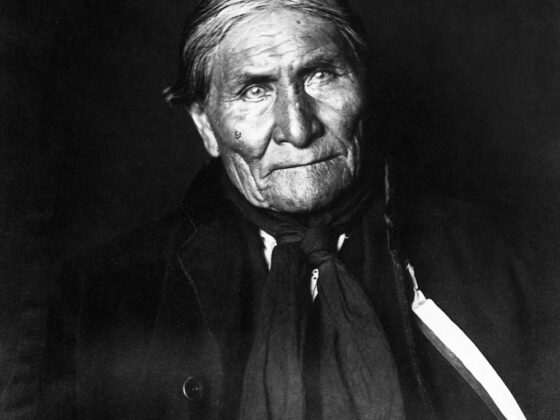Crown shyness is a fascinating natural phenomenon observed in various tree species, characterized by the deliberate avoidance of contact between the crowns of neighboring trees. This behavior creates distinct gaps in the canopy, resulting in a unique and visually striking pattern that can be seen from below. The phenomenon has intrigued scientists and nature enthusiasts alike, prompting investigations into its causes and implications.

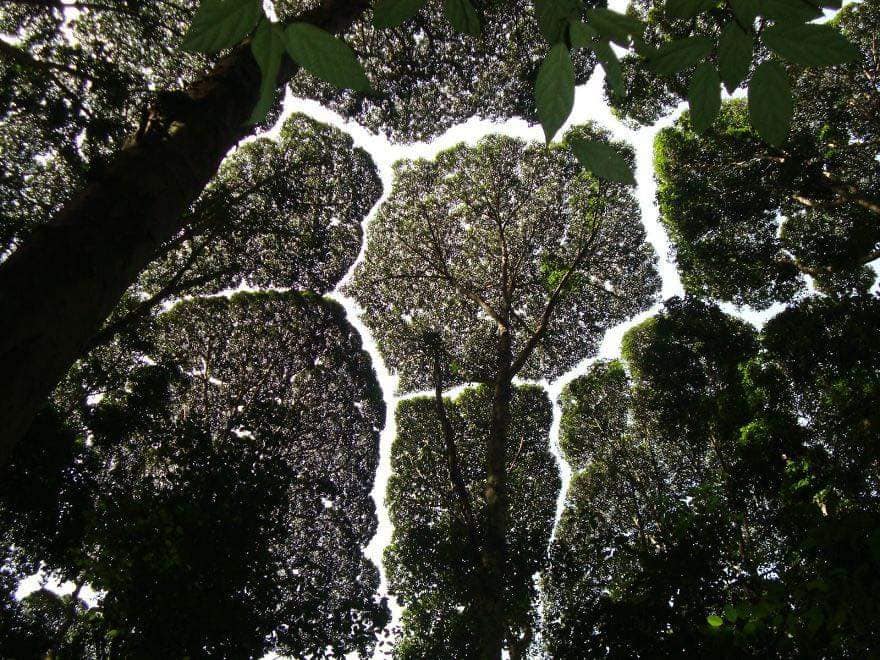
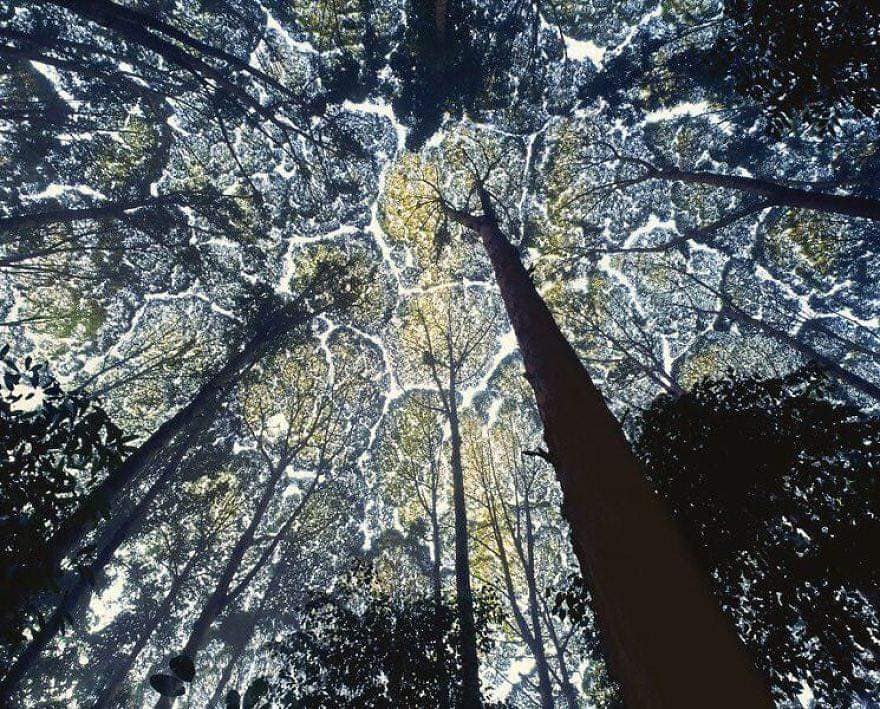
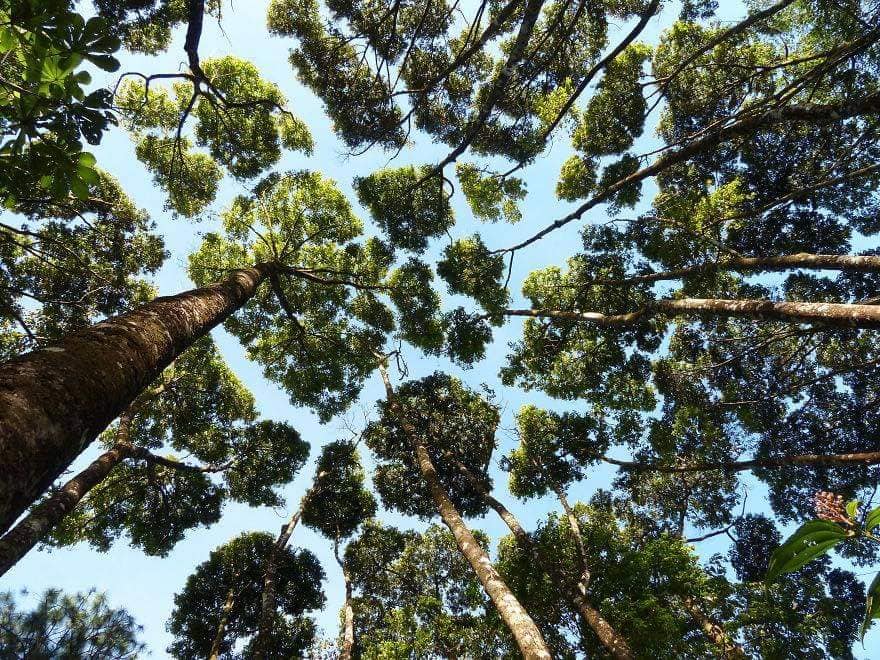


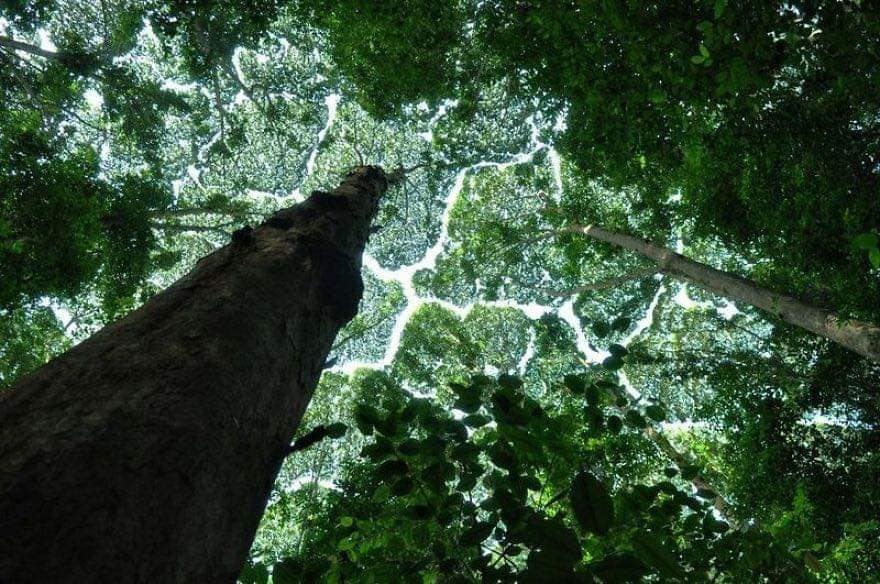
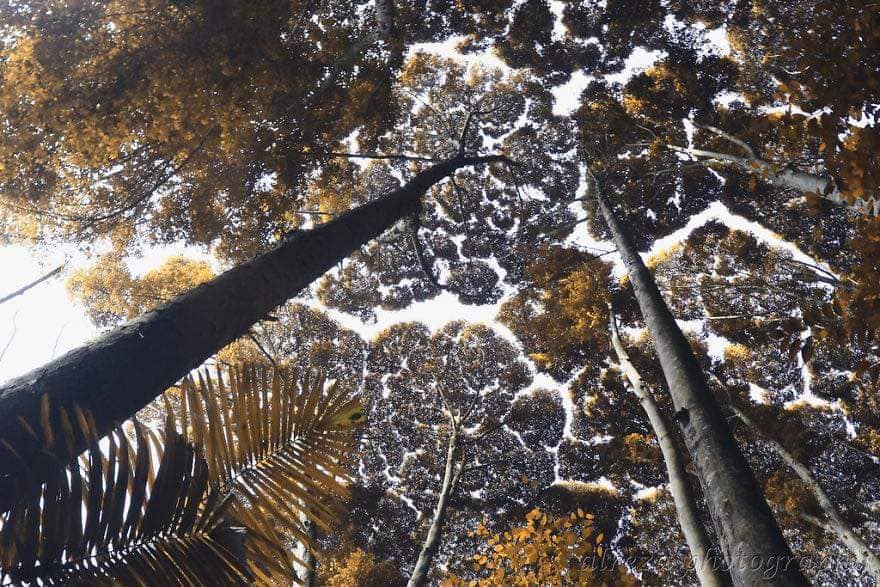

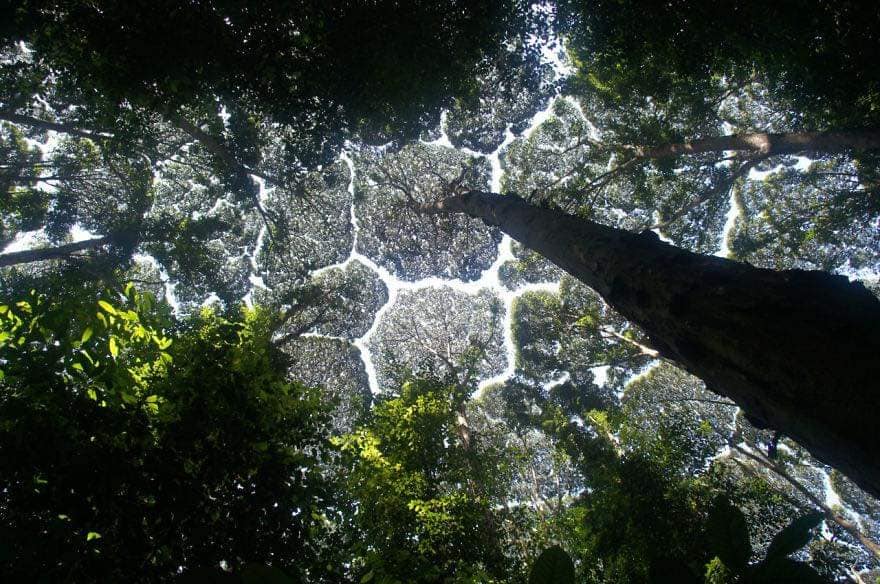
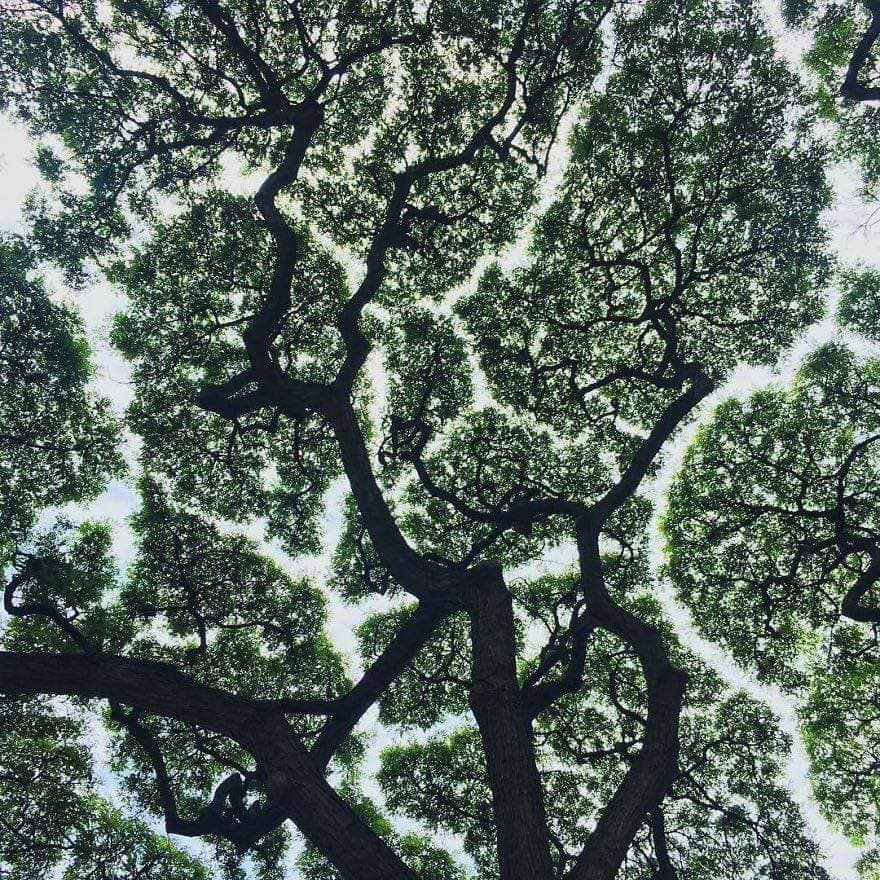
The term “crown shyness” was first coined in 1955 by Australian forester Maxwell Ralph Jacobs, although the phenomenon had been noted as early as the 1920s. It primarily occurs among trees of the same species but can also be observed between different species. Crown shyness creates a geometric pattern of separation that allows light to penetrate the forest floor, benefiting undergrowth plants and contributing to the overall health of the ecosystem.
Theories Behind Crown Shyness
Several theories have been proposed to explain why trees exhibit this behavior:
- Wind-Induced Damage: One prevalent theory suggests that crown shyness is a response to wind. In windy areas, branches and leaves can collide with those of neighboring trees, leading to physical damage. To mitigate this risk, trees may limit their growth in directions where they sense nearby competitors, thereby maintaining gaps in the canopy. Research has shown that when wind-induced collisions are prevented, the gaps tend to fill in, supporting this theory.
- Light Competition: Another explanation centers around competition for sunlight. Trees are highly attuned to their surroundings and can sense light levels. When branches approach those of neighboring trees, growth may be inhibited to allow more light to reach their own leaves. This behavior not only enhances photosynthesis but also supports the growth of smaller plants beneath the canopy.
- Pest and Disease Prevention: Crown shyness may also serve as a defense mechanism against pests and diseases. By maintaining physical distance from one another, trees can reduce the spread of leaf-eating insects and pathogens that might otherwise travel from one tree to another through direct contact.
- Cooperative Behavior: Some studies suggest that trees may exhibit cooperative strategies to optimize resource use. By allowing light to reach the forest floor, they create a more favorable environment for other plants and organisms that could benefit them in return.
Observations Across Species
Crown shyness has been documented in various tree species, including eucalyptus, lodgepole pine, black mangrove, Japanese larch, and others. The extent of crown shyness can vary significantly depending on the species and environmental conditions. For example, eucalyptus trees often display pronounced crown shyness, while other species may exhibit milder forms or none at all.
The phenomenon is not universal; it occurs selectively among certain populations of trees and can display seasonal variations. During winter months when leaves have fallen, gaps may become more pronounced, while new foliage in spring and summer can obscure these patterns.
Cultural Interpretations
Beyond its scientific interest, crown shyness has inspired cultural interpretations and folklore. In some cultures, the gaps between tree crowns have been associated with mythical creatures or spirits inhabiting the forest. The unique patterns formed by crown shyness have been likened to interlocking hands or fingers, symbolizing a form of harmony among trees.

